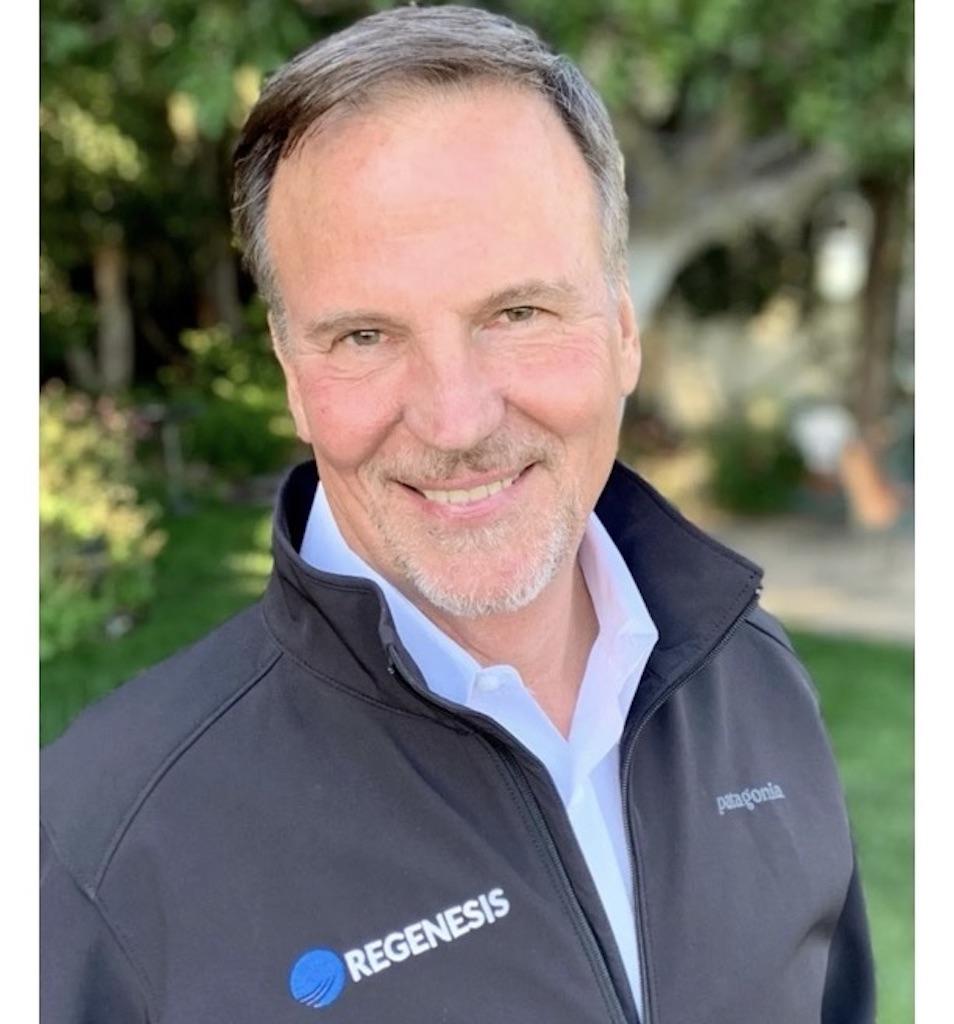Viewpoint: The In-Situ Approach To PFAS Remediation

Regenesis CEO Scott Wilson.
Martha’s Vineyard Airport (MVA) in Massachusetts recently implemented a quick and cost-effective per- and polyfluoroalkyl substances (PFAS) remediation method. This technique involves injecting a colloidal activated carbon (CAC) technology into the subsurface to create a below-ground PFAS filter. Using this CAC technology prevents the “forever chemicals” from moving offsite and affecting the surrounding community.
The installation of the in-ground water filter at MVA offers a model for quickly, effectively and sustainably eliminating the risk of PFAS on airport sites. These below-ground filters do not require an external power source and, once in place, immediately begin removing PFAS from the groundwater, eliminating long-term exposure risk.
Most importantly, this treatment method produces zero PFAS toxic waste by-products. This is particularly critical now that the U.S. Environmental Protection Agency (EPA) has designated two PFAS substances—perfluorooctanoic acid (PFOA) and perfluorooctanesulfonic acid (PFOS)—as hazardous substances under the Comprehensive Environmental Response, Compensation and Liability Act of 1980 (Cercla, also known as the Superfund Law).
PFAS do not break down, accumulate in our bodies and are linked to an increased risk of numerous severe health problems. For this reason, minimizing PFAS waste materials should be a priority in any cleanup effort. The most commonly used method to treat PFAS in groundwater, known as “pump-and-treat,” does the opposite.
Pump-And-Treat Approach
Pump-and-treat refers to mechanical systems that pump large volumes of contaminated groundwater to the surface for aboveground treatment. The pumping creates a hydraulic barrier that halts the flow of groundwater and PFAS contaminants. The pumped water is treated by filtering it aboveground through large vessels filled with granular activated carbon.
This process consumes substantial amounts of energy, produces PFAS waste requiring offsite disposal/treatment and involves continuous maintenance to keep these systems operational. These issues are compounded by the fact that it would likely take decades, or even centuries, before these systems can fully remove the PFAS hazards and would likely never be shut off.
Researchers and government agencies have long recognized the limitations of pump-and-treat systems. As far back as 1989, leading groundwater researchers described the process as “remediation in perpetuity,” and in 2005, the U.S. Government Accountability Office deemed the approach expensive and ineffective for remediating common contaminants like trichloroethene (TCE).
Given that TCE has a cleanup level 1,250 times higher than the EPA’s recently established 4 parts-per-trillion Maximum Contaminant Level (MCL) for PFOA and PFOS, using pump-and-treat to fully remove the PFAS threat from an aquifer is unrealistic.
PFAS Waste And Liability
Over time, the filtration media in aboveground pump-and-treat systems have become saturated with PFAS and must be replaced to prevent contaminants from breaking through. Replacing the media requires disposing of these PFAS-impacted materials in a landfill, regenerating or incinerating them.
The waste handling chain is a proverbial Pandora’s box, with the potential to release PFAS into air, soil, surface water and/or groundwater. These potential releases threaten to expose people and communities at numerous points along the PFAS waste cycle.
Due to the EPA’s “hazardous substance” designation for PFOA and PFOS under Cercla, liabilities for airport operators who employ pump-and-treat systems generating PFAS waste will be expanding and extending their PFAS liability long into the future.
It is only a matter of time before a future event where an airport generating waste from a pumping system is deemed a liable party due to a reportable PFAS spill (i.e. release) en route to a disposal facility or incinerator—or even after reaching these destinations.
All this begs the question: Why do key stakeholders continue to rely on pump-and-treat methods for PFAS when alternative approaches, such as in-situ remediation, exist that minimize waste and reduce potential exposure risks?
Environmental remediation, by definition, "is a process used to reduce or eliminate the risk for humans and the environment that may result from exposure to harmful chemicals." It is critical to evaluate whether certain methods could inadvertently increase exposure risks, particularly to downstream communities.
The in-situ filtration approach, which has been implemented at MVA and more than 55 other locations across the U.S., contains PFAS in the ground and has zero potential for aboveground exposures. Installed more than a year ago, the filter continues to remove PFAS from the groundwater to non-detectable levels.
Similar results have been demonstrated across more than 55 sites since the first in-situ PFAS treatment in 2016, including at airports from New York to Alaska. Furthermore, a recent in-depth study showed the in-situ approach was less than one-third the cost, while reducing the carbon footprint by 98% compared to pump-and-treat.
With the ink drying on new, strict regulations, PFAS-contaminated site stakeholders, including many airport sites, will need to respond. Eliminating the exposure risk by keeping PFAS below ground rather than destroying or attempting to remove these chemicals from a site is far more effective, incurs much lower costs and truly prevents exposure to PFAS, all while using exponentially less energy and resources.
Scott Wilson is president and CEO of Regenesis Remediation Solutions, based in San Clemente, California.




